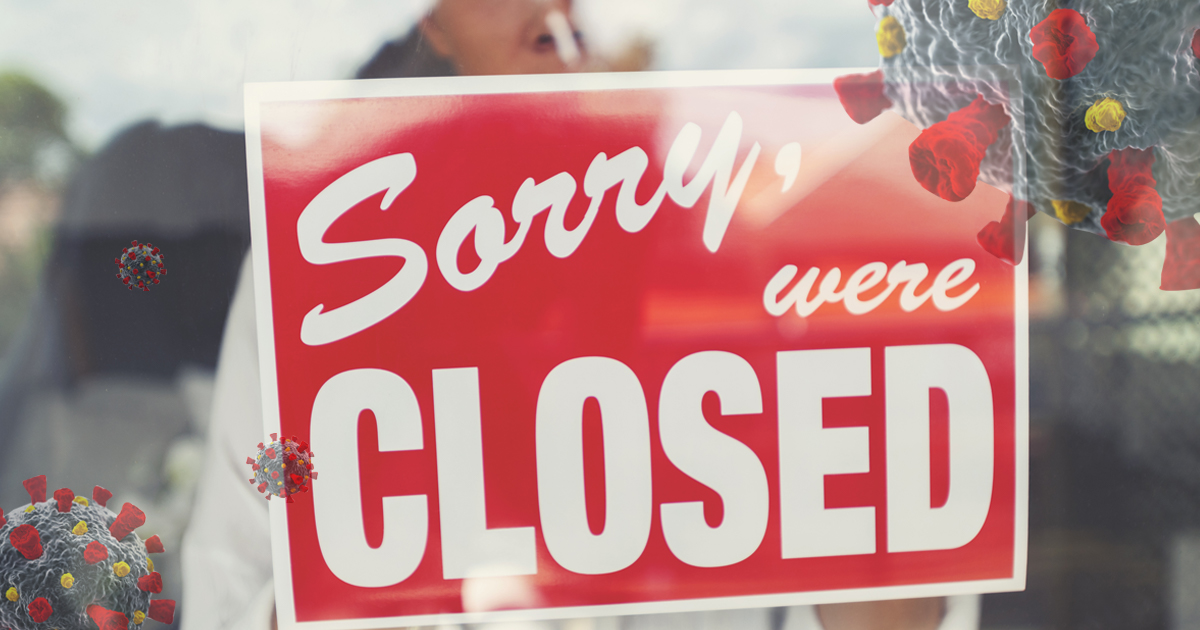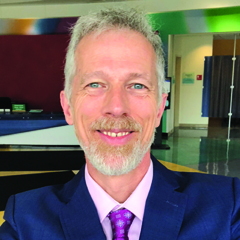More than 7.5 million infections and more than 210,000 deaths in the United States so far. Hospitals overwhelmed. Periodic resurgences of infections. Food insecurity on the rise. Unemployed parents wondering how they’ll make ends meet, let alone manage their children’s remote learning. Political arguments about who’s to blame.
These are the headlines grabbing our attention during this global pandemic that has upended every corner of American society.
But a hidden pandemic story is unfolding that will continue to have profound impacts after vaccinations are widely available, after employers begin hiring again, and after politicians move on to a new issue to trade accusations over.
Demand for essential health and safety net services such as unemployment benefits, income support, food banks, and food stamps has grown enormously in 2020. Unemployment, family financial instability, and food insecurity are widespread. National health statistics can take months to collect and analyze, meaning data are rarely available in real time. Nonetheless, early indicators show rates of poor mental health, substance abuse, malnutrition, and domestic violence are on the rise. Many of these issues are disproportionately impacting people with disabilities and people living in poor communities.
Thus, the collateral damage from the pandemic’s assault has put added stress on community-based services above and beyond the pressure of coping with the illness and disability resulting directly from COVID-19 infections.
At the same time that demand for health and social services is growing, the infrastructure built to support our health and social safety net is overwhelmed and rapidly deteriorating because of pandemic-related financial strains and layoffs. In turn, this deterioration of the capacity of necessary community services is likely to lead to long-term increases in rates of illness and death from multiple causes.
For many community organizations, their financial health depends on steady revenue from publicly funded programs like Medicaid and Vocational Rehabilitation. Social distancing regulations mean some services are nearly impossible to deliver, such as one-on-one job coaching for people with disabilities, home health services for newborns in very poor households, and community integration supports for people with severe mental illness.
Unable to deliver billable services because of distancing regulations, these organizations are unable to generate cash flow to cover costs. This can lead to massive layoffs and a loss of talent and social capital that will take years to rebuild. In a growing number of instances, these financial strains are causing community service organizations to go out of business altogether.
State funding for community services of all kinds is steeply declining as shrinking state tax revenues caused by unemployment and business closures are redirected to cope with infections and fires related to climate change. Essential health, mental health, and community services are being severely cut as a result; staff have been laid off, and agencies have closed their doors.
The loss of this infrastructure means a loss of timely and equitable access to necessary health, social, and educational services for the most disadvantaged and vulnerable populations—the very same people who are disproportionately impacted by the virus itself.
Access to essential health and safety net services, access to healthy food, financial stability, and stable neighborhoods are known as social determinants of health—“conditions in the places where people live, learn, work, and play that affect a wide range of health risks and outcomes.” When social determinants of health are shaken and torn apart, future rates of chronic illness, injury, disability, and mortality go up.
This loss of systemic capacity to help those in need won’t bounce back just because we find a vaccine. These losses represent tears in the fabric of community support service systems that will take time and resources to stitch back together once the economy picks up and social distancing rules ease.
What can be done to help these necessary systems of care bounce back smarter and quicker—and thereby avert preventable illness and death? There are currently few policy ideas or discussions about helping community services ecosystems rebuild and thereby ameliorate adverse long-range impacts on health. Research can help.
First, we need to consistently and clearly measure the unraveling of services for vulnerable populations. If we want to move the needle on rebuilding community infrastructure, then we first need to build gauges to assess where things stand and track progress moving forward.
Second, we should build policy simulation models that would enable us to forecast and compare the potential impact of different policy strategies on future rates of disability, illness, and death. Such simulations are successfully identifying insights to help schools make data-driven choices about how different approaches to in-person, distance, and hybrid learning are likely to affect COVID-19 infection rates among students.
Third, we should create case studies of how adversely impacted systems of support bounced back after prior widespread societal stress like the Great Recession of 2007 to 2009. What lessons can we learn? How can we adapt, package, and disseminate these lessons in ways local communities and organizations can put to use right away? What technical assistance strategies could help community systems bounce back faster and stronger?
To develop a credible strategy for moving forward and preventing needless suffering, we must measure exactly where things stand in terms of safety net deterioration and track change over time. We can then model and forecast how this deterioration is likely to increase future rates of disability, illness, and mortality. We should compare policy options that might avert or decrease these adverse future consequences and deliver action-oriented information and technical assistance to communities struggling to rebuild essential safety infrastructure.
Working in partnership with stressed communities, service providers, the private sector, and policymakers, we can make progress together toward repairing the torn fabric of the safety net and preventing increased rates of disability, chronic illness, and mortality. Quick action on this front can save lives and reduce suffering in the future.



